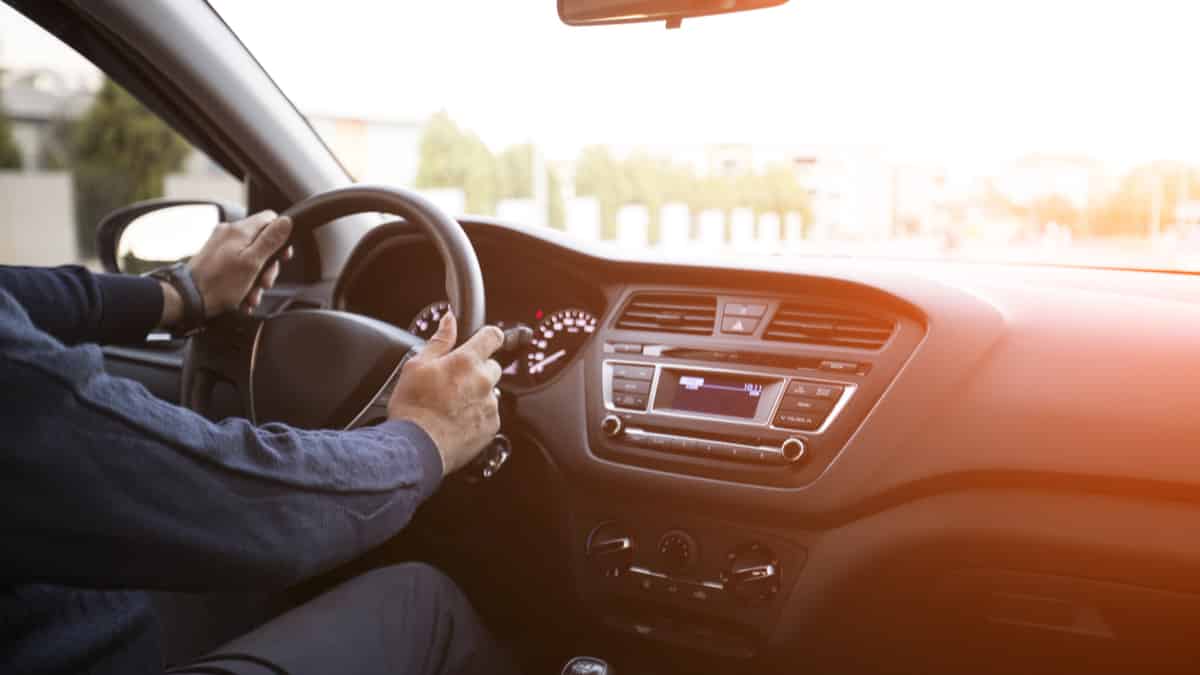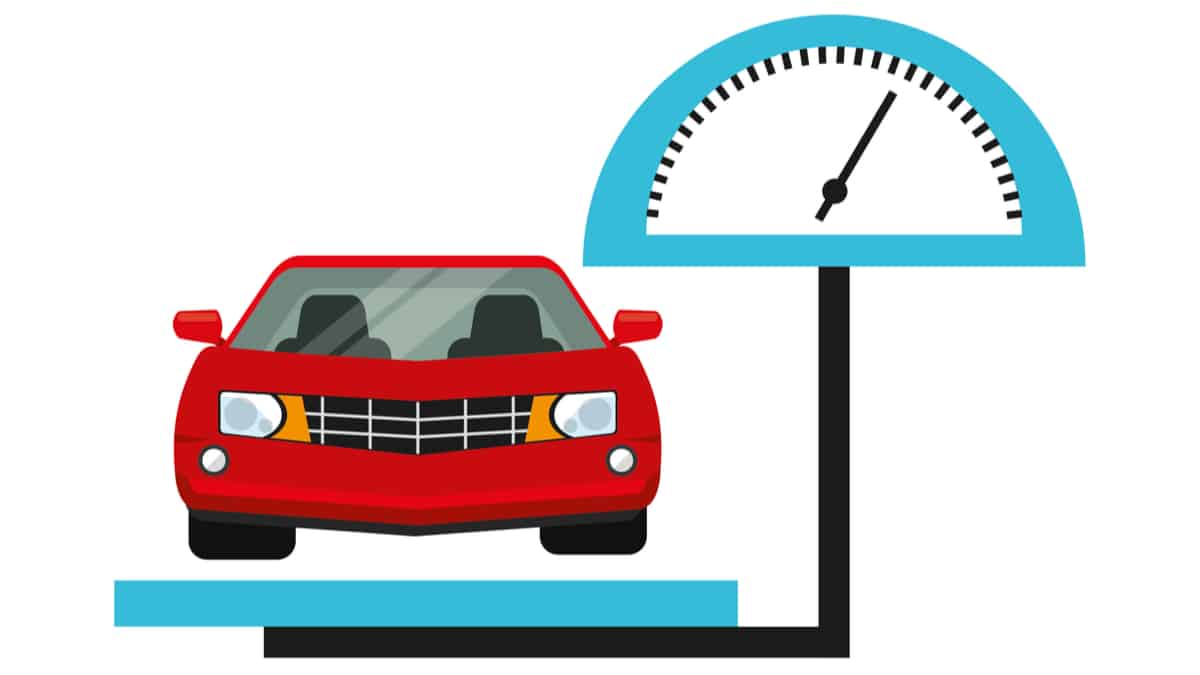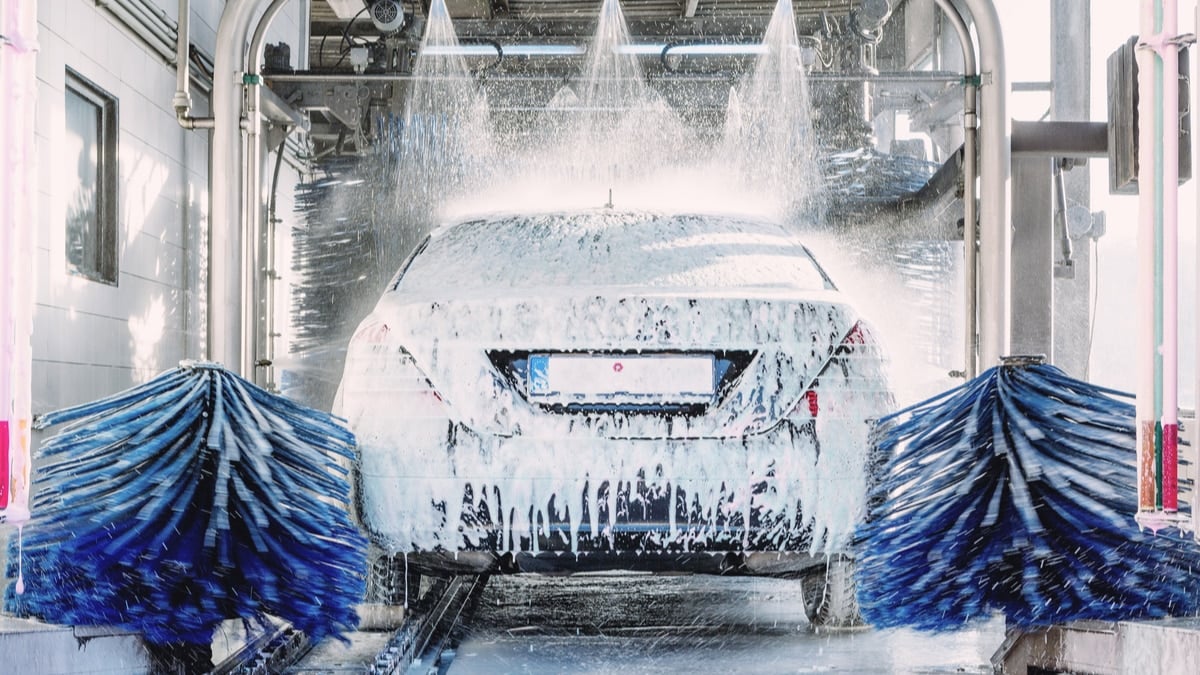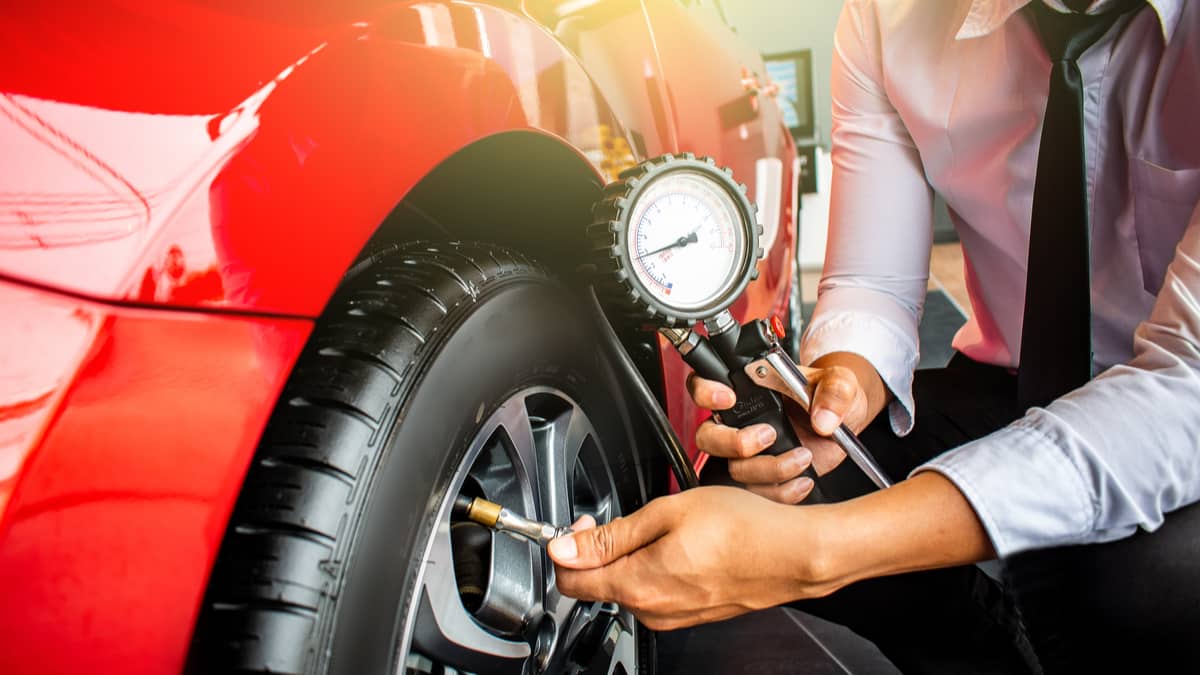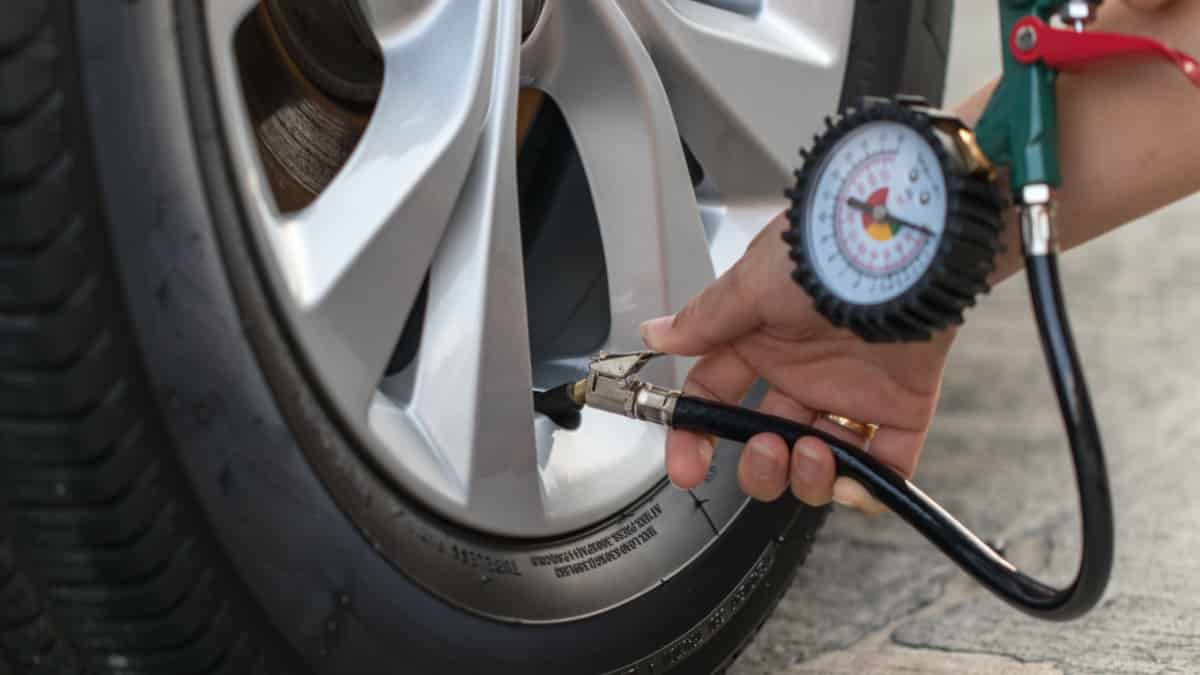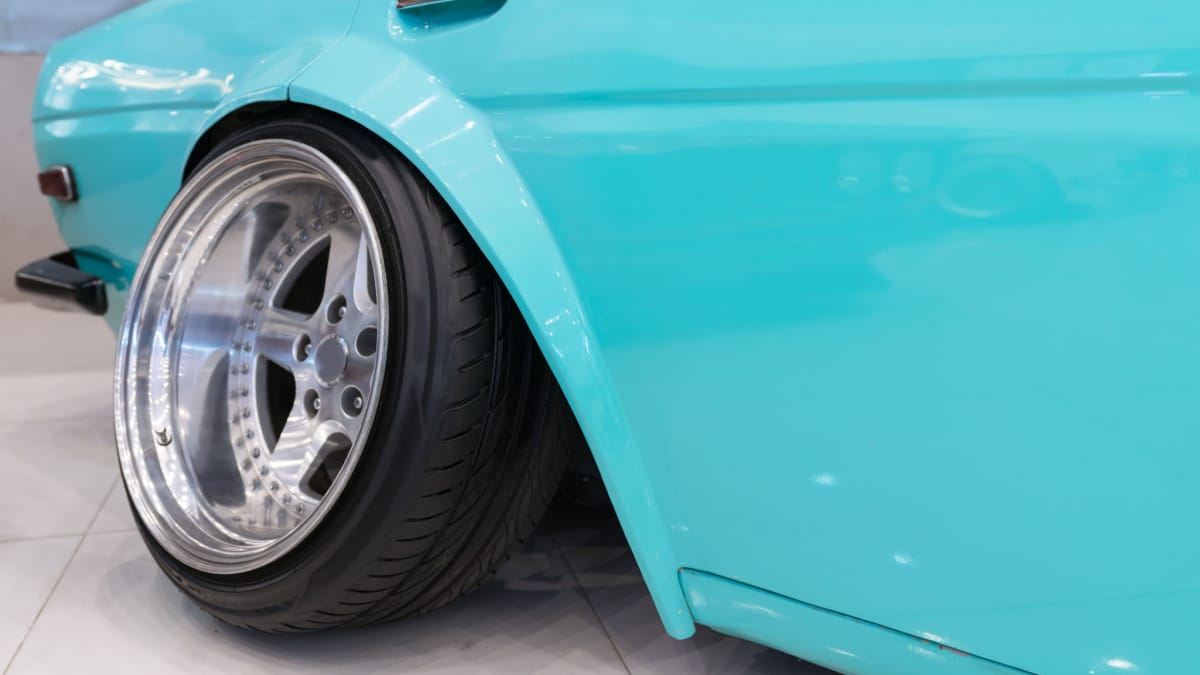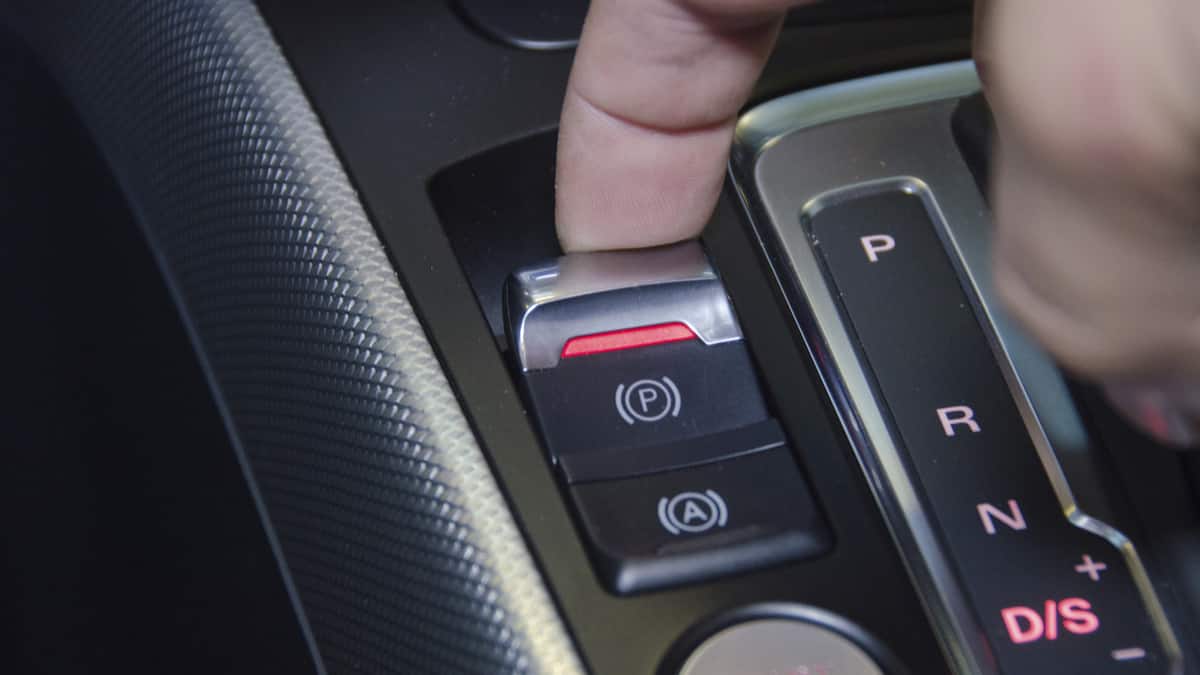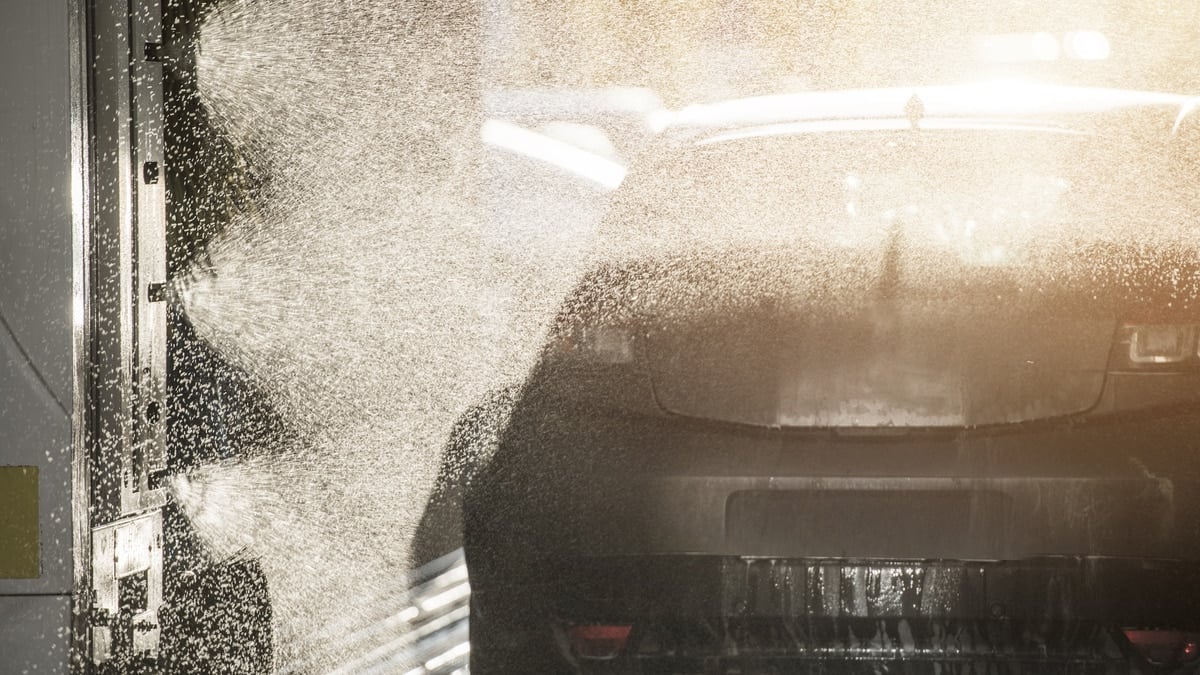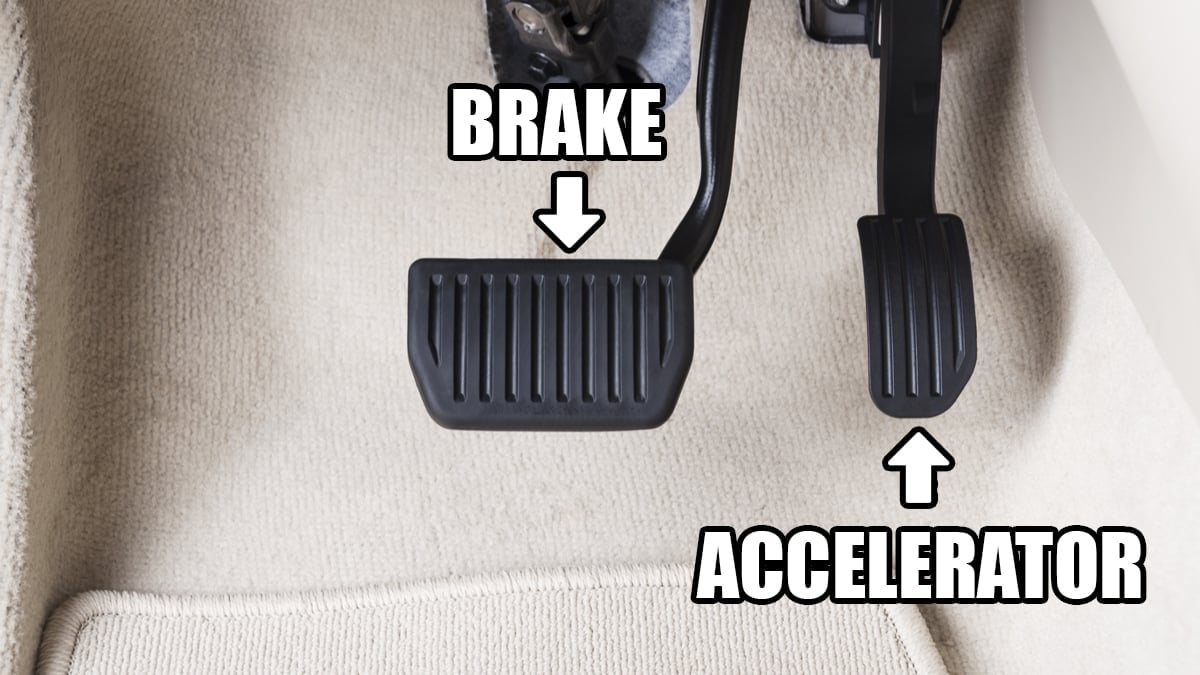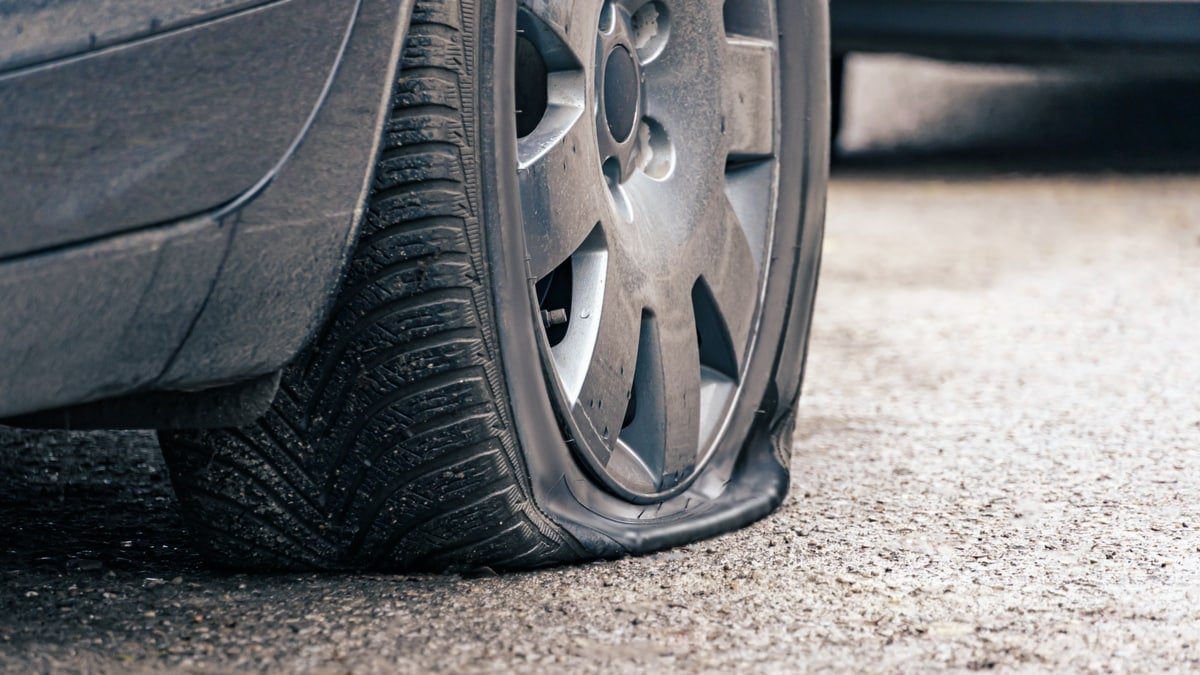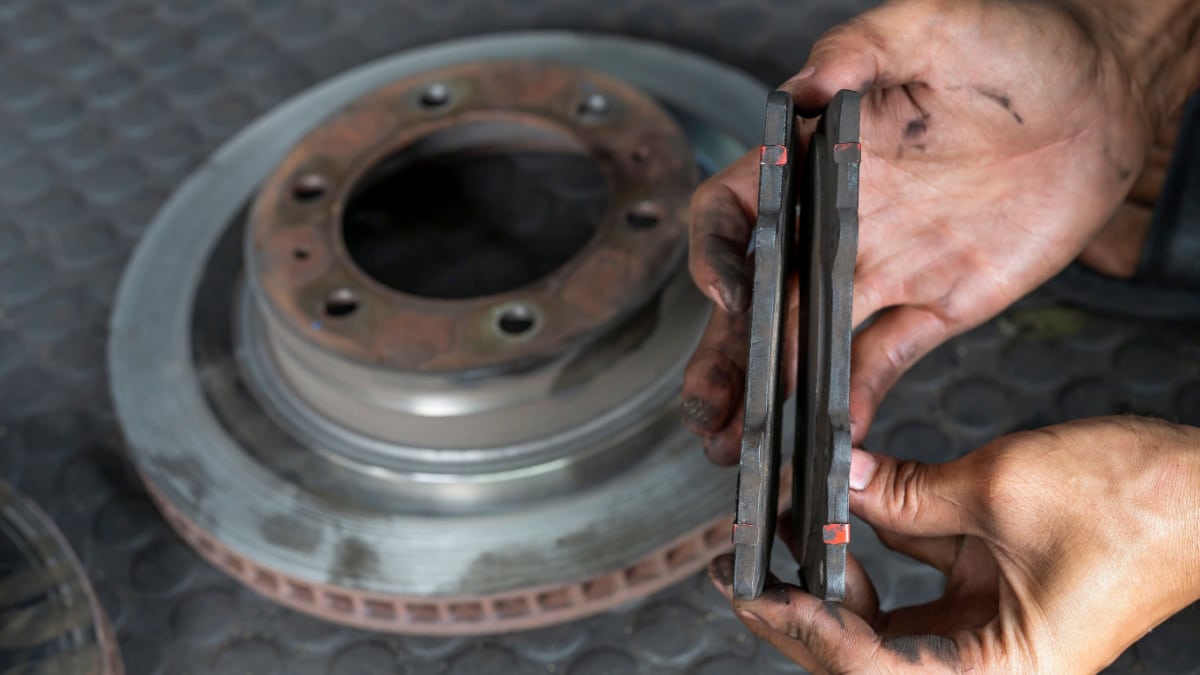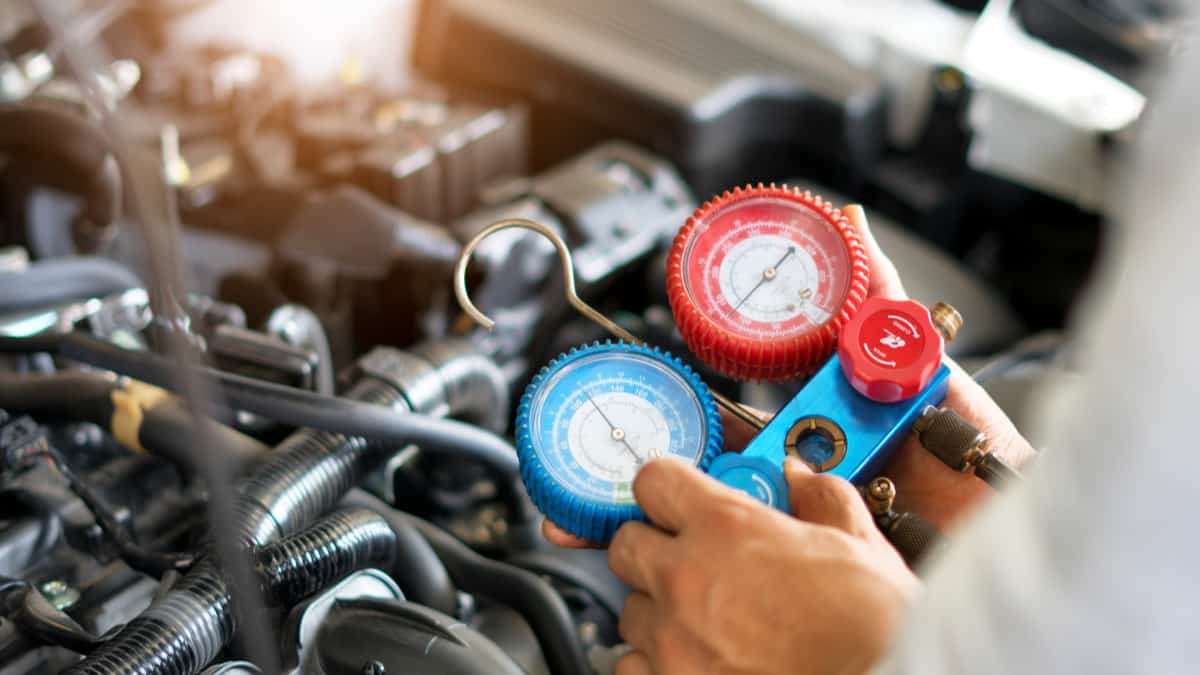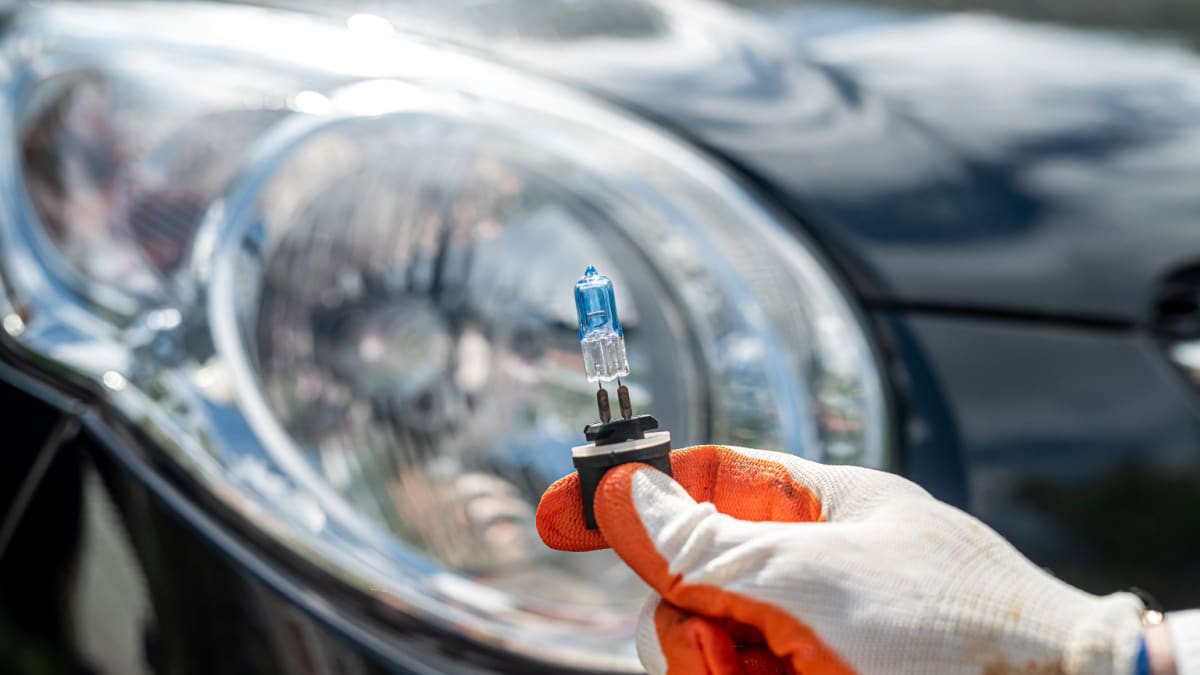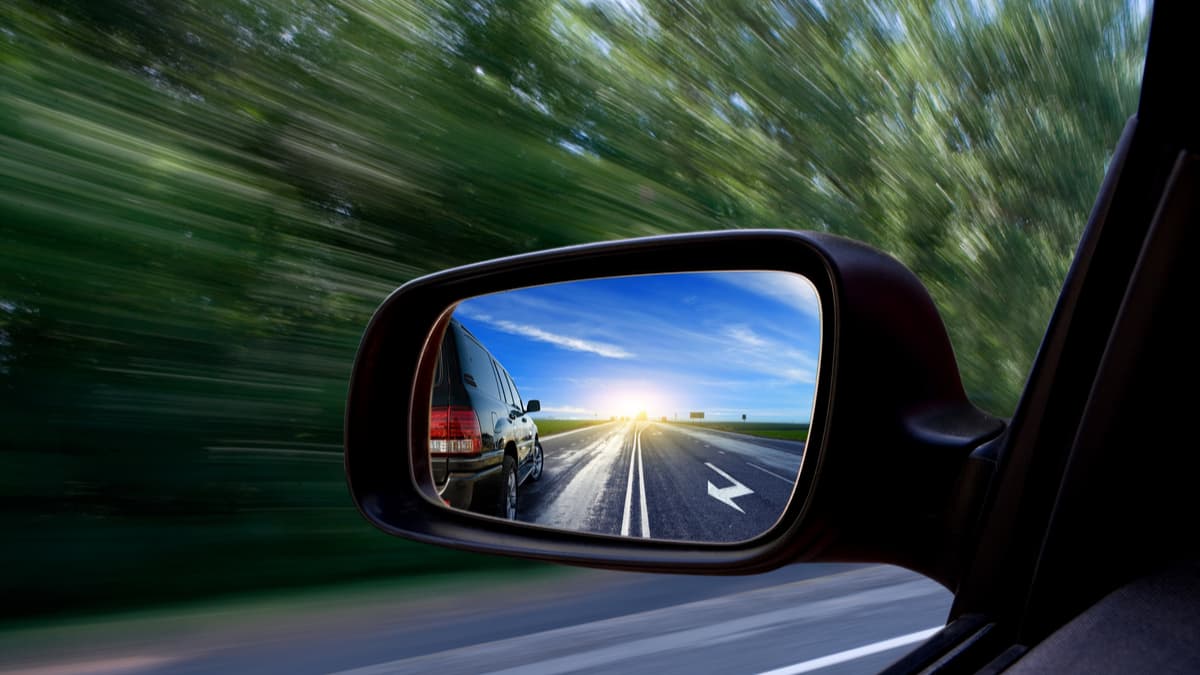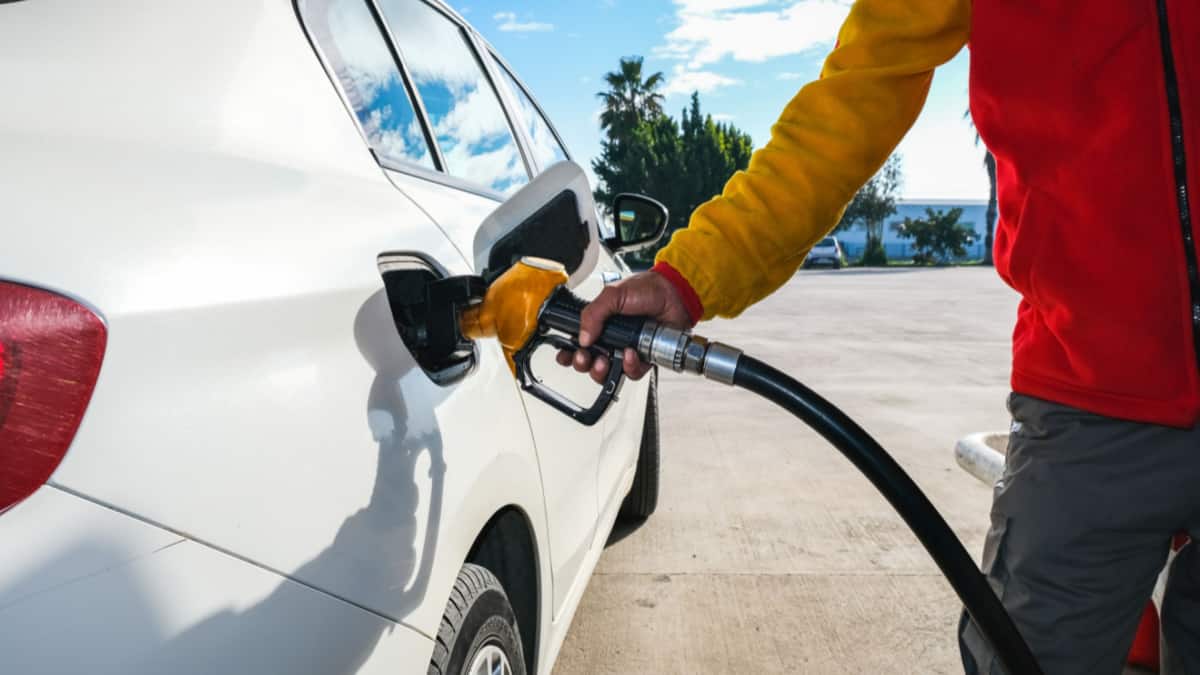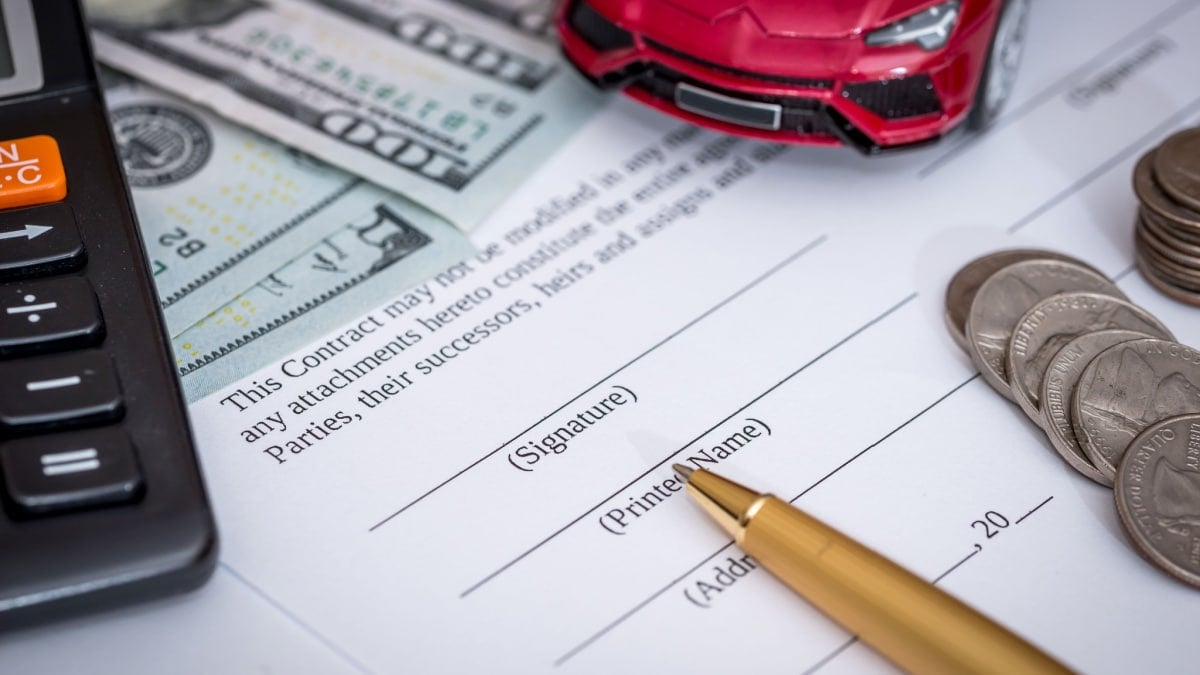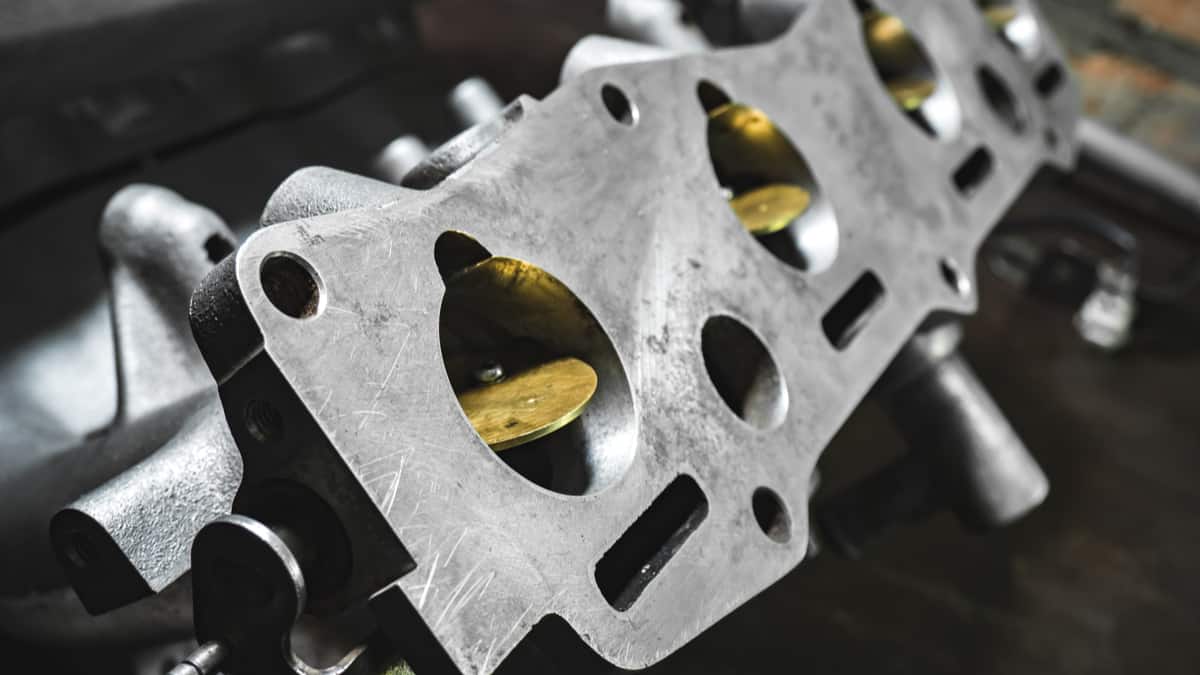If you are driving down the road and the car pulls to one side, you know there’s an issue that needs to be dealt with. It may be tempting to ignore this problem, but it’s not going to resolve itself.
In this guide, we cover the top reasons for the vehicle pulling to one side. We also look at what could cause the problem while braking and accelerating or after a wheel alignment. At the end of this article, we answer all of your questions.
Reasons A Car Pulls To The Left or Right While Driving
The car may be pulling because of uneven tire pressure or a bad wheel alignment. It could also be due to a bad wheel bearing dragging brakes, worn suspension parts or a bad tire. The only way to know for sure is to have the vehicle looked at.
Here is some more detail about the possibilities.
1. Uneven Tire Pressure
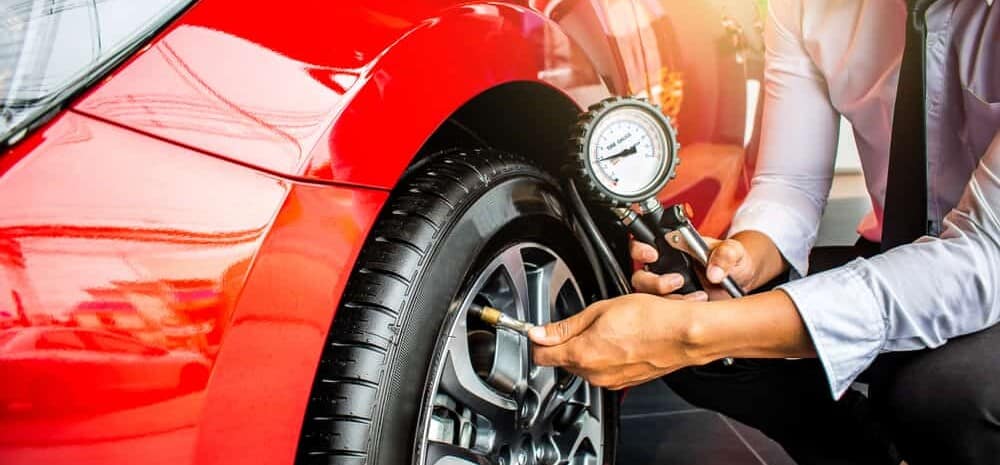
Most car tires need to be inflated between 30 and 35 psi, but this figure differs depending on what type of vehicle you drive. The recommended psi for your vehicle is found in the owner’s manual or on the placard placed on the driver’s side door jamb.
If you drive with one of the tires at a lower pressure than the others, you may start to feel a pulling sensation. Under-inflated tires work against the wheel alignment, causing an uneven feel that creates a steering pull.
However, this is one of the easiest problems to fix. Stop and check the tire pressures. Fill up the low tire and the ride should right itself.
2. Bad Wheel Alignment
With proper wheel alignment, all of the tires will be angled in a way that keeps the vehicle driving straight down the road. If the car pulls in one direction, it could indicate that the alignment is off.
This happens over time and all of a sudden, if you’ve recently hit a curb or pothole too hard. It can also occur if the suspension is worn. Thankfully, this is another easy fix, with wheel alignment usually taking less than an hour at a local mechanic.
3. Bad Wheel Bearing
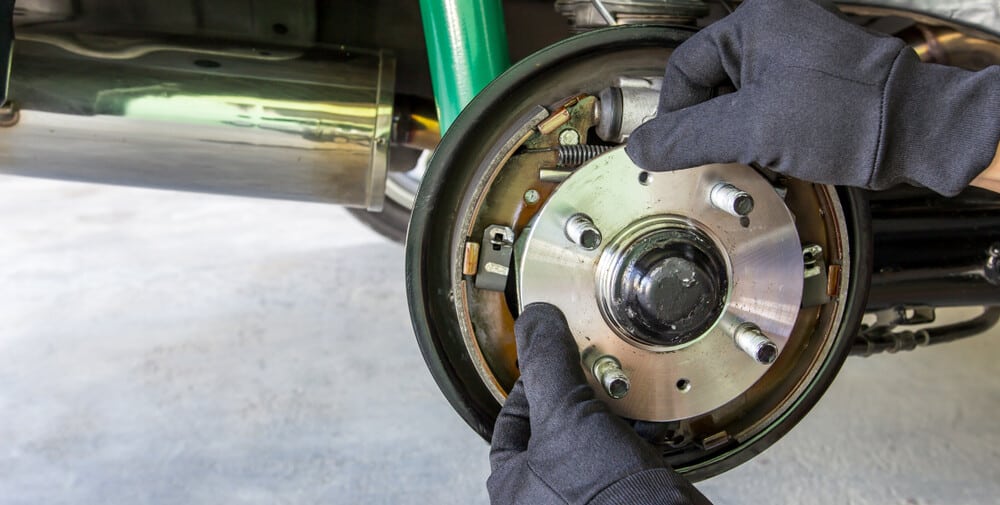
Wheel bearings endure a lot of stress and can fail periodically. If a wheel bearing fails, you may notice some pulling to one side or loose steering.
It can also cause a noticeable warning sound, such as a grating or grinding, especially when you take a turn to the offending side. You don’t want to continue driving with bad wheel bearings as it leads to uneven tire wear.
4. Dragging Brakes
Brake calipers are operated with the help of hydraulic fluid that supplies the pressure needed to push the brake pads into the rotor. Every wheel with disc brakes has a caliper, so if one is sticking, it can cause the car to pull like it’s pulling to one side.
Driving with stuck brake calipers can lead to excessive pad wear. Plus, if the pads become worn, it can start to cause damage to the rotors. Instead of dealing with all of these problems at once, it’s best to fix the caliper right away.
5. Worn Suspension Parts
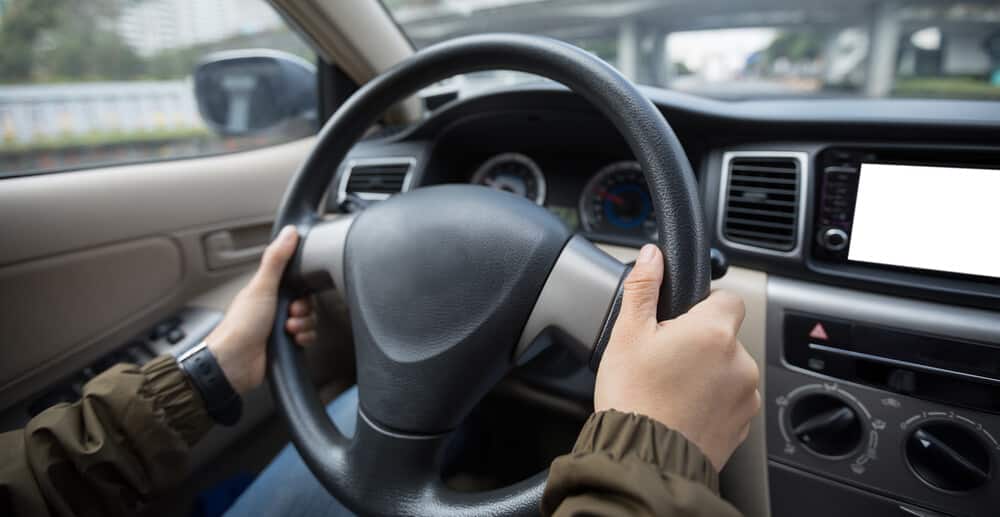
The suspension is a necessary system to keep the ride gentle and smooth, even on rougher terrain. Yet, when a suspension part starts to fail, it can lead to a bumpier ride and it can cause the car to pull to one side.
For example, if a lower control arm bushing fails, the arm can shift while driving, which causes a pulling sensation. However, any worn suspension component can be to blame, so a complete inspection is needed.
6. Uneven Tire Wear Or Bad Tires
If there have been alignment issues or bad suspension parts, the tires may have worn unevenly. This can also happen if the tire pressure hasn’t been correct. Either way, once a tire wears unevenly, it’s difficult to get a smooth ride. You need to rotate the tires and hope that the wear evens out over time.
There’s also the possibility that the tires are bad. If there are defects in a tire, it can cause a pulling sensation. Defective tires should be replaced immediately before a blowout occurs.
Furthermore, pulling can occur if you have mismatched tires. For example, if you replace two tires but have two that are worn still on the vehicle. These older tires can cause pulling problems because of the varying wear.
Reasons Car Pulls To One Side When Braking
If the car pulls to one side only while braking, there are several causes that could be occurring. Your car may have a damaged or stuck brake pad. It could also be suffering from a bad brake caliper or a worn brake rotor.
1. Damaged Or Stuck Brake Pad
The brake pads are meant to be applied only when you push on the brake pedal. Once you let off the pedal, the brakes should release and allow you to continue driving as normal. However, if you notice the brake pads stick, even after releasing the pedal, you may have a problem.
There’s a chance that there’s an issue with the master cylinder or brake hoses, designed to supply hydraulic fluid to the brake pads. Whatever is causing it, you want to fix it before the pads wear out and cause damage to the rotor.
RELATED: 5 Symptoms of Worn Brake Pads
2. Bad Brake Caliper
One of the most common reasons for sticking brake pads is a bad caliper. The caliper holds the brake pads and the pistons are responsible for pushing the pads into the rotor to stop the wheels from turning.
However, when the caliper pistons become stuck, the brake pad can’t release as it should. This causes pulling to one side and can also cause strange brake noises.
There are several reasons for a sticking brake caliper. It can occur because of a collapsed brake hose, corrosion or general wear. In some cases, you can repair the brake caliper piston, while at other times, they must be replaced. If you choose to replace the brake caliper, do so with the one on the other side as well to ensure uniform braking ability.
3. Worn Brake Rotor

Brake rotors are smooth metal discs that the brake pads push against to stop the wheels from turning. At times, the brake rotor can have a rough surface from damage or wear. This uneven surface creates a pulling sensation while braking.
It can also lead to a grinding sound. In some cases, you may be able to have the brake rotors resurfaced, or they will need to be replaced.
Reasons A Car Pulls When Accelerating
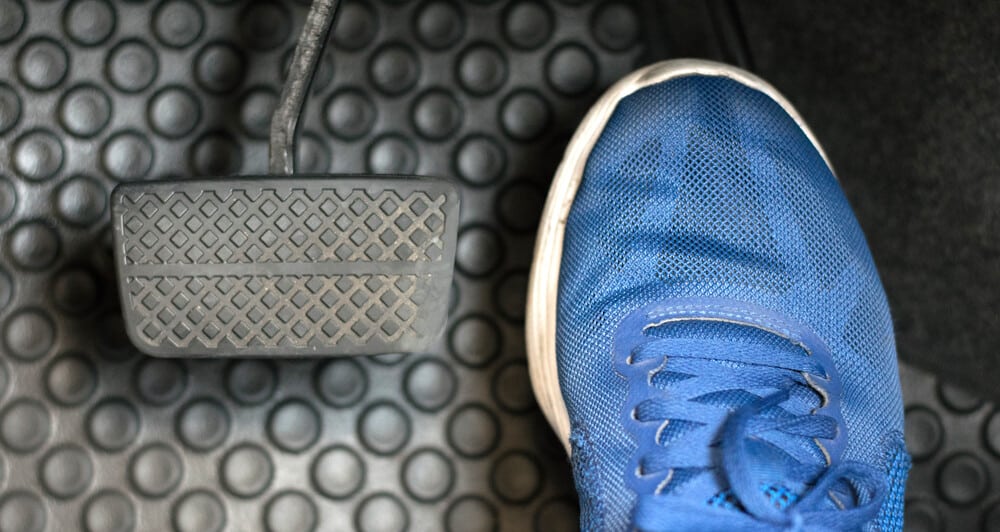
When the vehicle pulls to one side during acceleration, the most common cause is an issue with the tires. The tread could be worn, the inflation might be wrong or you may have a bad tire. If the belts break inside the tire, it can also lead to a strange ride that involves pulling to one side.
Furthermore, there could be a suspension component failure that is leading to the pull. If part of the suspension is loose or damaged, you may feel more pull than normal. Whatever the cause, you want to have the vehicle looked over by a qualified mechanic to ensure further wear doesn’t occur.
Reasons A Car Pulls After a Wheel Alignment
During a wheel alignment, all of the tires are pointed in the same direction to ensure that the vehicle drives straight down the road. If the car continues pulling to one side after the wheel alignment, there’s another issue present.
Most often, the suspension or steering has a worn component. No matter how well the alignment is performed, the car may still pull with this problem. Additionally, you could have a leak in one of the tires that causes low pressure.
Why does my car feel like it’s swaying left and right?
If the steering feels like it’s swaying as you drive, there could be a broken component. It’s also possible that a suspension part has failed, which is causing pulling and uneven tire wear. To avoid further problems, you should have the steering and suspension inspected by a professional.
How much does it cost to realign your steering wheel?
The steering wheel gets realigned during your typical wheel alignment. On average, a wheel alignment may cost between $50 and $200, depending on what type of vehicle you drive, where you take your vehicle for service and how many wheels need to be aligned. Most cars need to have a wheel alignment once a year.
Can you drive with a misaligned steering wheel?
You could drive with the misaligned steering wheel, but it’s not recommended. Misalignment of the wheels causes the steering wheel to shift. Continuing to drive this way can be dangerous and may lead to irregular tire tread wear, pulling to one side and vibration felt through the steering wheel.
What is the most likely cause of a vehicle that pulls to the right when driving and pulls to the left when braking?
There are several reasons why a car may pull to one side or the other. The tire tread may be wearing unevenly, a tire may have low pressure or there could be a bad suspension part. There’s also the possibility that the brake caliper is sticking, which is causing pulling and strange noises while driving.
Can bad tires make your car pull?
Yes, when tires wear irregularly, the vehicle is going to pull to one side. This occurs more commonly if you have some newer tires and older tires mixed together on the vehicle. The older tire with the worn tread is going to cause more pulling since it is unevenly matched. Pulling can also occur if the air pressure is low in one tire.
When the car pulls to one side, you are going to be initially alarmed as you try to keep the vehicle under control. However, there’s nothing to panic over, especially if you are going to have the issue resolved right away. Many times, the car pulls because of a tire or alignment issue. Both of these conditions are simple to resolve.
However, there’s also the chance that there’s something wrong with the steering or suspension. The brake system may also be to blame. Diagnosing these problems may be more difficult and require the help of a professional. The sooner you take care of the underlying condition, the better your chances are of avoiding further wear to the vehicle. If you want to keep the repair bill as low as possible, you will take quick action.
Categories: Driving, Suspension, Tires, Troubleshooting
